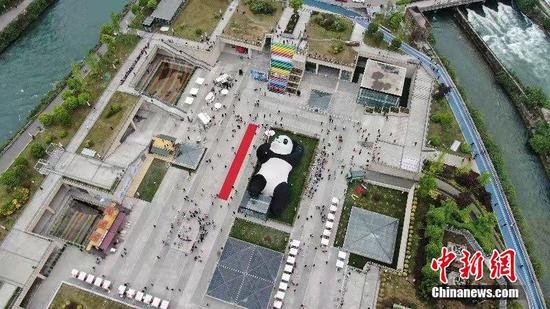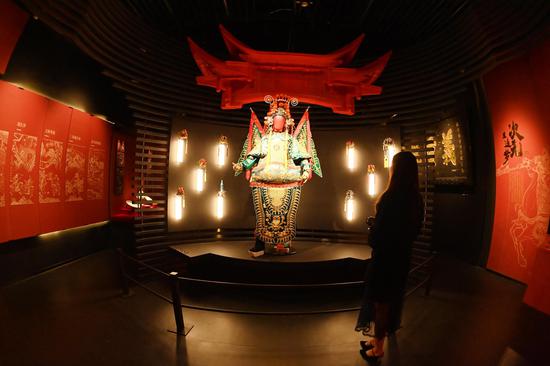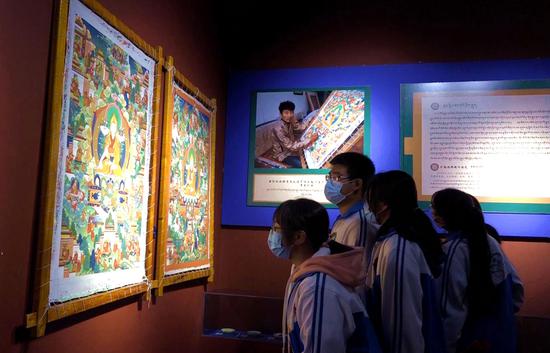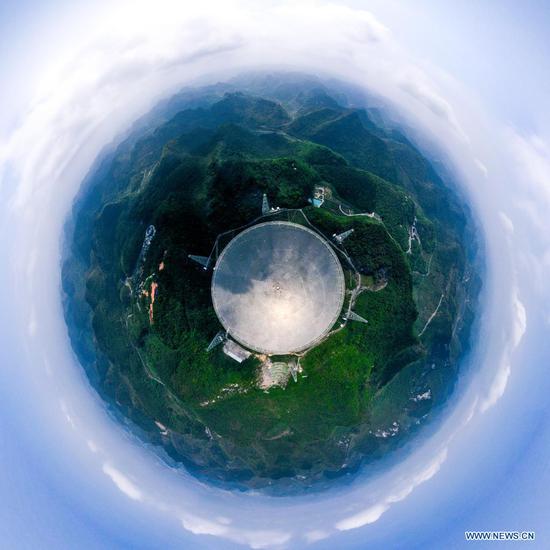
Xiang Xinran at the construction site of the Yellow Crane Tower in Wuhan, Hubei province, in 1983. [Photo provided to China Daily]
Growing pride
Although shrouded in scaffolding, the building, which was visible from the busy Yangtze River Bridge, had already created a stir among locals. Every evening after dinner, Xiang Xinran walked round the foothills of the mountain. One humid summer night, he overheard a local dressed in shorts and carrying a fan talking about the tower with an out-of-town businessman. "He sounded so proud," Xiang Xinran said.
During the inauguration ceremony for the tower in 1985, he said he wanted to cry out "to release all of the pressure"."I was honored to be able to bring back its glory and make history touchable," Xiang Xinran said.
The tower receives about 4 million visits a year, and has won a design award from the Architectural Society of China. Xiang Xinran was selected as a deputy to the seventh National People's Congress, China's top legislature, in 1988 for his contributions to reconstruction of the tower. He published two books on his work, in 2014 and 2017, which included his hand drawings and paintings of the tower plus stories about the design work.
Mentor's legacy
Encouraged by his father, Xiang Shang majored in architecture at college. After graduating in 1999, he worked as an architect in Shanghai."He cared about my work, asking about my projects all the time as if he was my client," he joked.
Xiang Xinran's passion for architecture didn't stop after his retirement. He worked on projects including the Hubei Provincial Museum, the East Lake Greenway in Wuhan and the rebuilding of the Xunyang Tower in Jiujiang, Jiangxi province.
Sheng Nieming, deputy chief engineer of the Wuhan Institute of Landscape Architectural Design, said in 2016 they invited Xiang Xinran to work as the design counselor for East Lake Greenway buildings.
"His eyesight was poor, but he insisted on drawing sketches by hand at home. We later transformed the drawings into computer graphics," he said, adding Xiang Xinran often visited the construction site.
Li Bing, assistant general manager of the institute, said they would receive phone calls from Xiang Xinran at 6 am or midnight.
"His work was done after giving advice, but he followed all the steps. He was respectful," he said.


















































